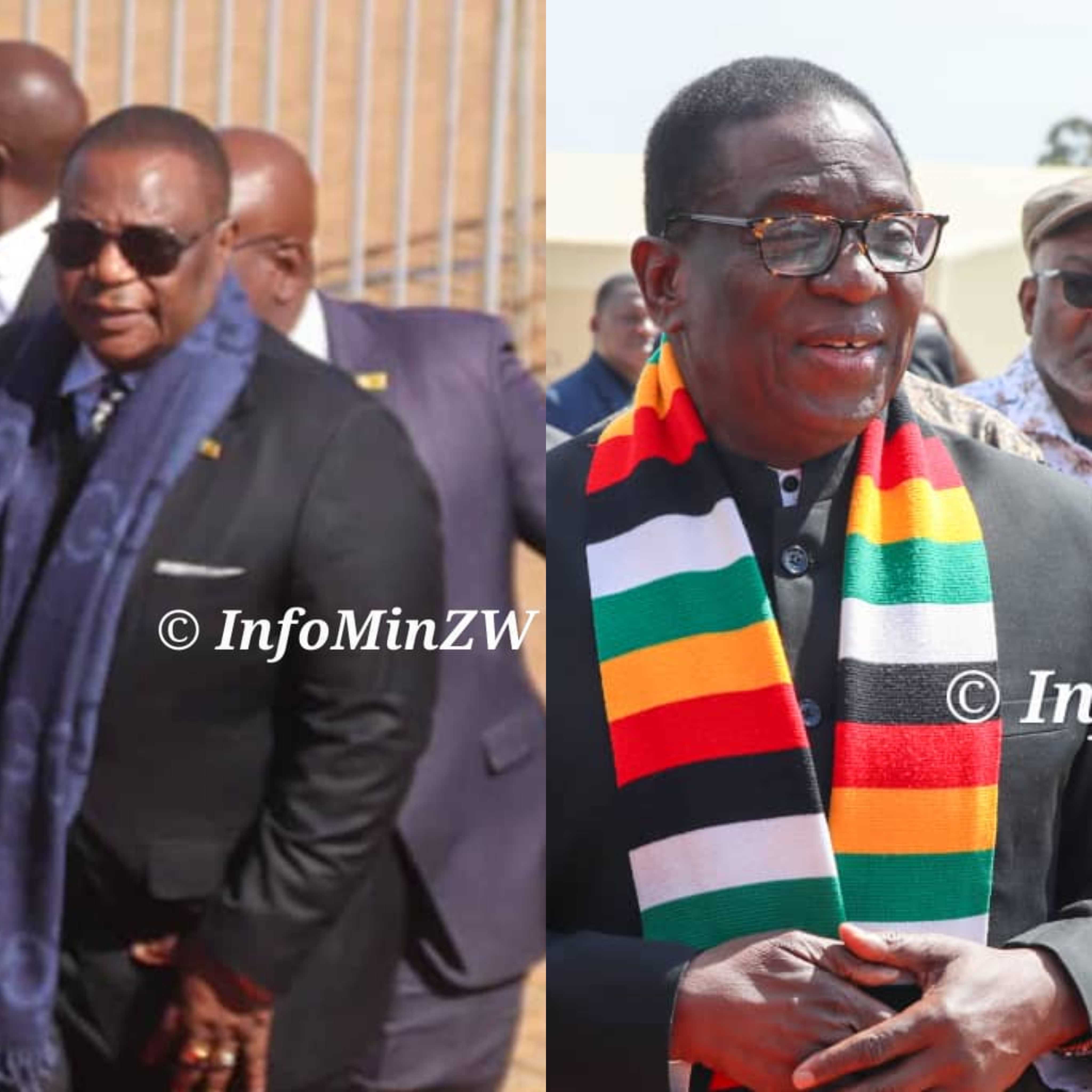
Oscar J Jeke- Zim Now Reporter
When Robert Mugabe was removed in November 2017 after nearly four decades in power, the military and ruling party packaged the moment as a “New Dispensation.”
The idea was simple: this was a break from the past — a Second Republic. Yet, almost eight years later, the reality is less about transformation and more about continuity.
The stage is dominated by two men, President Emmerson Mnangagwa and his deputy, Constantino Chiwenga, whose contrasting styles reveal much about Zimbabwe’s unresolved struggles. In this contest, the scarf has become a manifesto.
Mnangagwa’s Flag Scarf: Selling the “New” Zimbabwe
Since taking office, President Mnangagwa has rarely appeared in public without his now-famous scarf bearing the colors of the national flag — black, red, green, yellow, and white.
Produced locally and marketed as the “Zim Rocks” scarf, it was originally a non-political symbol of national pride. In Mnangagwa’s hands, it has become the most visible emblem of his presidency.
The scarf is deliberate branding. Seeking to position himself as a statesman who can attract investment and restore Zimbabwe’s place in the world, separate from Mugabe, Mnangagwa needed a fresh symbol.
Draping himself in the colors of the flag projects unity, patriotism, and continuity with liberation ideals — but without directly invoking Mugabe’s legacy.
It is also a clever act of appropriation. In 2016, the #ThisFlag movement turned the national flag into a rallying cry against Mugabe’s government.
Mnangagwa’s adoption of the scarf co-opts that imagery, dulls its oppositional edge, and redirects the symbolism to his own “Open for Business” narrative.
State media celebrates the scarf as a unifying emblem, and replicas are sold widely at home and abroad.
Ministers, party loyalists, and even visiting dignitaries are encouraged to wear it. Critics, however, see something more coercive: the scarf as a loyalty badge, a test of fealty within ZANU-PF. Either way, it has worked — Mnangagwa has fused his personal image with the nation’s identity through a single accessory.
Chiwenga’s Dark Scarf: A Silent Snub
Related Stories
After 2017, Vice President Chiwenga also wore the multicolored scarf. Then, suddenly, he stopped. Instead, he opted for a plain, often black scarf — or no scarf at all. This seemingly minor detail has sparked endless political speculation.
Chiwenga, it seems, does not need a patriotic costume to remind Zimbabweans of his power. His military past and kingmaker role speak loudly enough. By stepping away from Mnangagwa’s scarf, he distinguishes himself from the president’s brand.
Some describe his plain scarf as a subtle snub, a refusal to join Mnangagwa’s visual campaign. It appears part of a broader strategy of carefully curating a new image: sharp suits instead of fatigues, designer wear at public events, and occasional traditional attire.
The message is clear — Chiwenga wants to be seen as cultured, disciplined, modern, and presidential on his own terms.
Two Leaders, Two Messages
The scarf divide reflects two different approaches to power. Mnangagwa leans on symbolism to soften his past and market himself to investors and citizens as the custodian of a “new” Zimbabwe. Chiwenga relies less on image and more on his reputation as a man of action and discipline.
Both, however, deploy anti-corruption rhetoric to advance their agendas. Mnangagwa speaks in broad, aspirational terms, vowing “zero tolerance” while presiding over a system still riddled with graft. Chiwenga, by contrast, sharpened his attacks with the term Zvigananda (“leeches”), aimed at businessmen aligned with the president.
His words seem less about cleaning up the system than about weakening rivals.
Their scarves have become shorthand for this rivalry: the flag scarf signaling loyalty to Mnangagwa’s camp, the dark scarf — or no scarf — signaling independence, even dissent.
Image vs. Reality
For all the symbolism, ordinary Zimbabweans continue to face the same hardships: an unstable currency, high unemployment, and a political culture still rooted in patronage. Mnangagwa’s scarf cannot mask persistent policy inconsistency, nor can Chiwenga’s careful image-building hide the fact that both men are products of the same system riddled with corruption.
The “New Dispensation” promised in 2017 has not materialized. Instead, Zimbabwe is left with scarves that speak louder than policy: one colorful, inclusive, and branded; the other plain, restrained, and suggestive of an alternative path.
Fashion as Politics
It may seem absurd to read so much into fabric. But in Zimbabwe’s charged political environment, symbols carry weight. As the country grapples with questions about succession, to scarf — or not to scarf — has become the question.

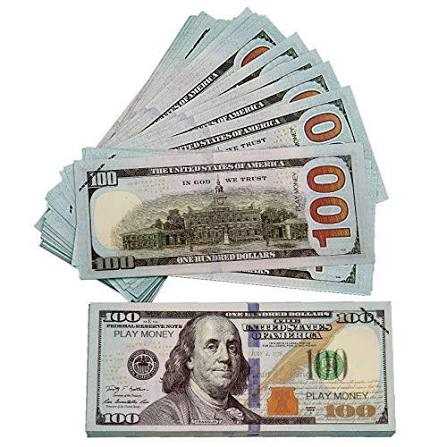
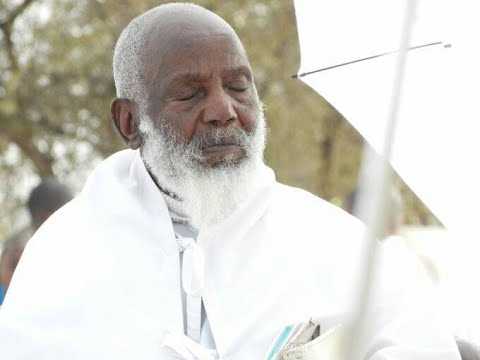

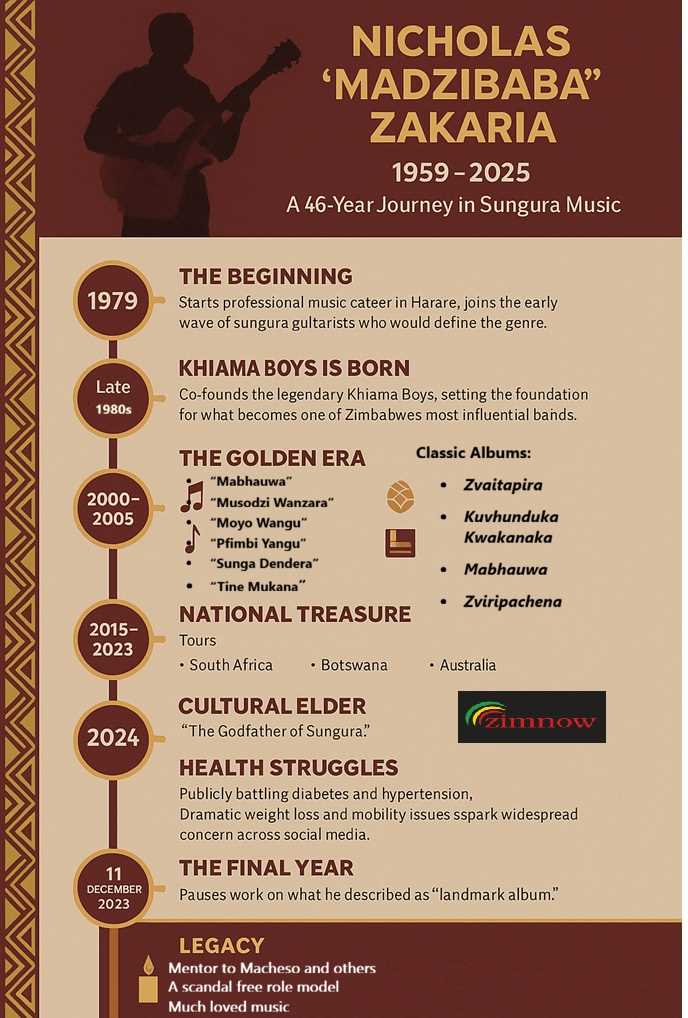












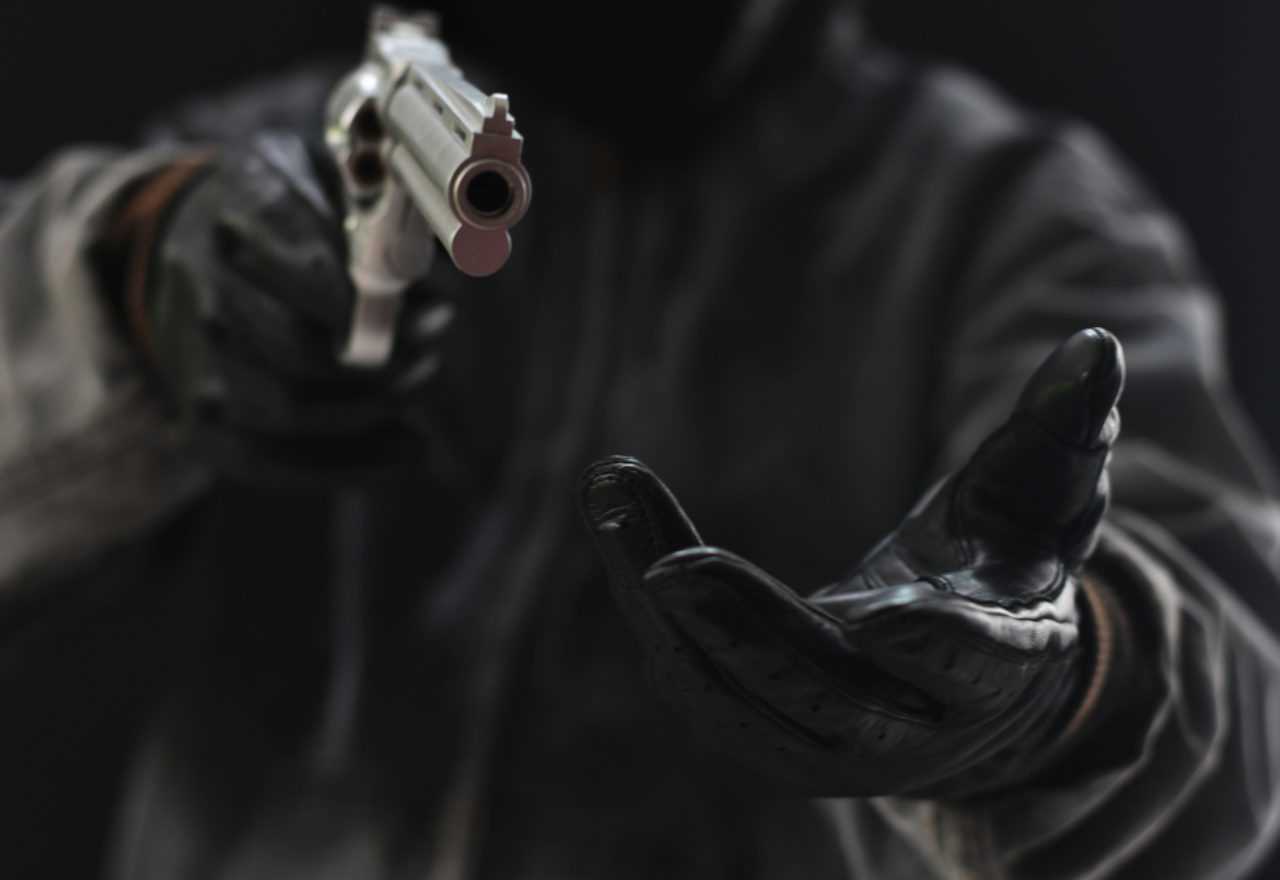


Leave Comments